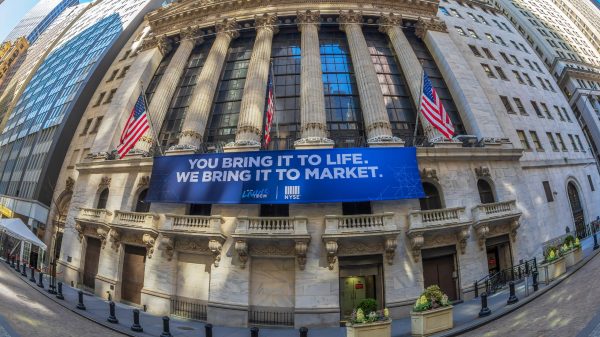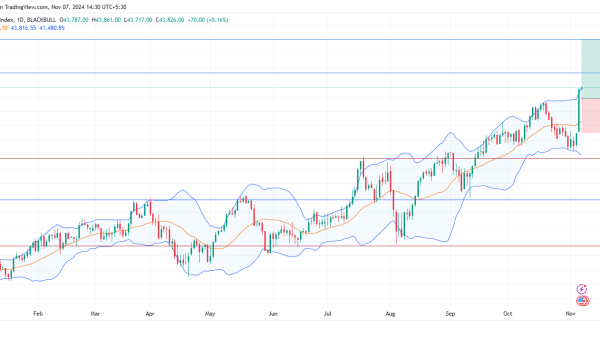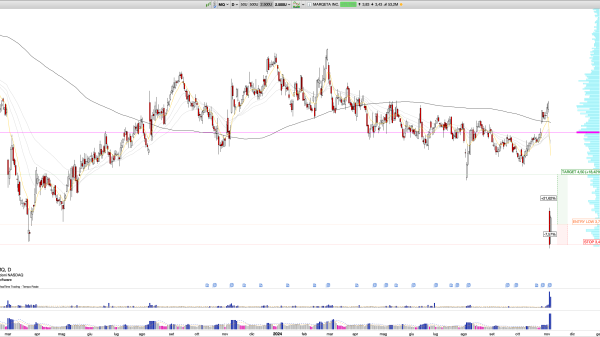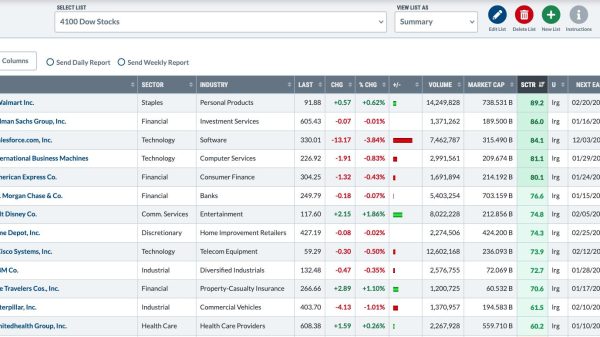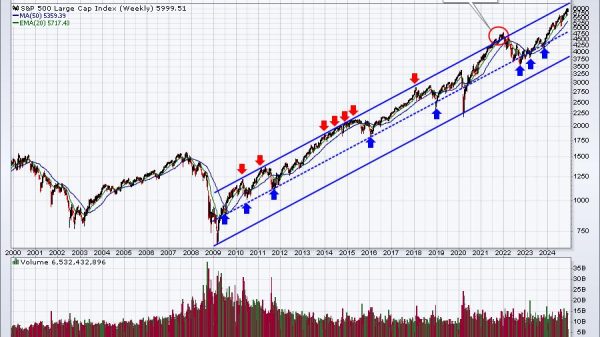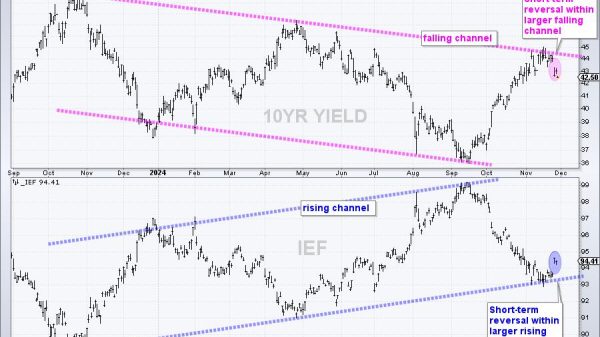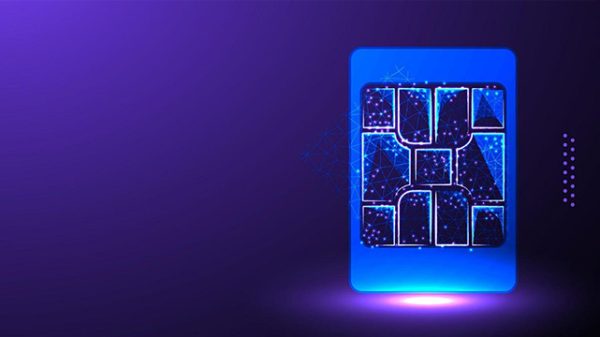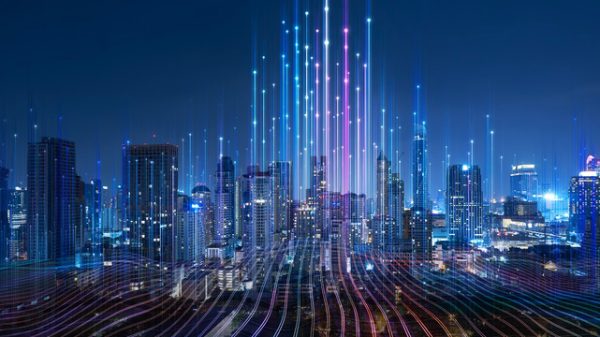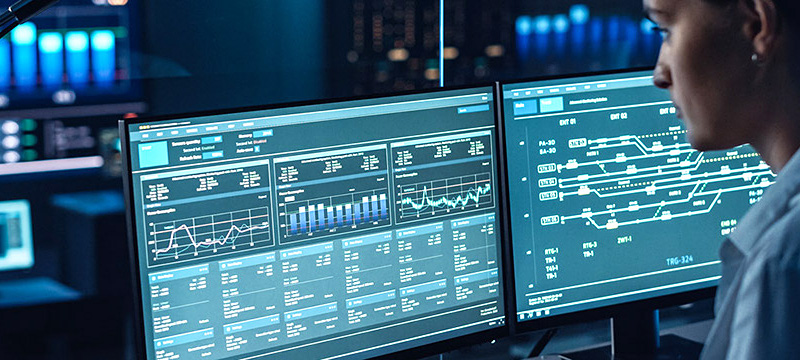The past few years have seen remarkable growth in the adoption of the Internet of Things (IoT) across industries like healthcare, business, and finance. In fact, a previous post illustrates how this trend is poised to remain throughout 2024 as the IoT landscape continues to transform when powered by other emerging technologies like artificial intelligence and machine learning.
For instance, the combination of AI and ML can aid in predictive maintenance and energy management, while also being compatible with IoT management platforms for overall operational efficiency. However, new priorities arise with these changes, such as enhanced cybersecurity in IoT networks to preserve data integrity and device security and energy efficiency to reduce waste and contribute to sustainability goals.
Despite IoT delivering productivity and efficiency at a large scale, its increasing rate of development and adoption can also have drawbacks in terms of prolonged screen time. Considering the average screen time of users worldwide is six hours and 37 minutes per day, this means that professionals developing IoT systems or individuals who utilise IoT for work, education, and daily life expose themselves to the blue light emitted by digital devices.
As the article will discuss, the long-term consequences of blue light exposure raise the need to include digital eye health and safety among the priorities in this modern, IoT-focused era.
Prolonged exposure to blue light in the digital age
As IoT networks are increasingly becoming essential for productivity, users must be careful of the blue light from smartphones, computers, tablets, and other digital devices. 2022 research published in the journal Heliyon notes that despite blue light influencing visual performance in terms of the perception of visual stimuli and contrast sensitivity, these artificial sources of blue light raise a myriad of health concerns.
Since blue light has a higher photon energy than other wavelengths of visible light, it can cause retinal damage and increase the risk of ocular conditions like macular degeneration. Blue light has also been linked to computer vision syndrome, which can manifest as symptoms like blurry vision, headache, dry eyes, and eye discomfort and fatigue. If left unregulated, excessive absorption of blue light can also disrupt the body’s natural sleep patterns, ultimately affecting health and quality of life.
The increasing need for eye-healthy tech
Fortunately, the prevailing health concerns associated with blue light from IoT devices can be mitigated with the help of other technologies. Among these are blue light glasses, which provide digital protection and visual comfort by filtering harmful blue-violet light and only allowing blue-turquoise light to enter the eye for increased alertness. Eyewear retailer Eyebuydirect even offers a wide range of blue-light filtering lens options, from EBDBlue Plus for everyday use to EBDBlue 360 for premium anti-glare. These lens options are applicable whether the user wears prescription glasses for vision correction or non-prescription ones for eye care and maintenance.
Protective features against blue light can also be integrated into the IoT devices themselves to minimise visual damage. For example, Eyesafe recently introduced Eyesafe RPF60, a patented blue light filtration technology that reduces 60% of blue light at the wavelengths that matter most (435-440nm). When applied to digital screens, this innovative light absorption technology can protect users from the negative effects of blue light without compromising quality and colour performance. Additionally, Eyesafe has updated the specifications for RPF Radiance Protection Factor for screen accessories, allowing consumers to choose displays that are tested and assigned a protective rating.
Lastly, IoT itself can be deployed to regulate blue light exposure and maintain optimal eye health. Australian-owned hardware company Ams released the AS7264N tri-stimulus sensor to measure blue-light wavelengths in lit environments and ensure it closely matches the human eye’s response to the visible light spectrum. The sensor is small and low-cost, and can be installed in displays, lighting systems, and smart building automation or management solutions. Overall, this makes the device useful in protecting end-users from blue light’s adverse health effects across commercial, residential, and industrial settings.
Clearly, blue light exposure in this digital age is not something that can simply be overlooked. As IoT devices, networks, and systems that serve as artificial sources of blue light become a part of everyday life, it is worth investing in tech like blue light-filtering glasses, monitors, and sensors for optimal eye health and sight preservation.
The post Digital Eye Health Becomes A Priority Amid the Increasing Adoption of IoT appeared first on IoT Business News.

